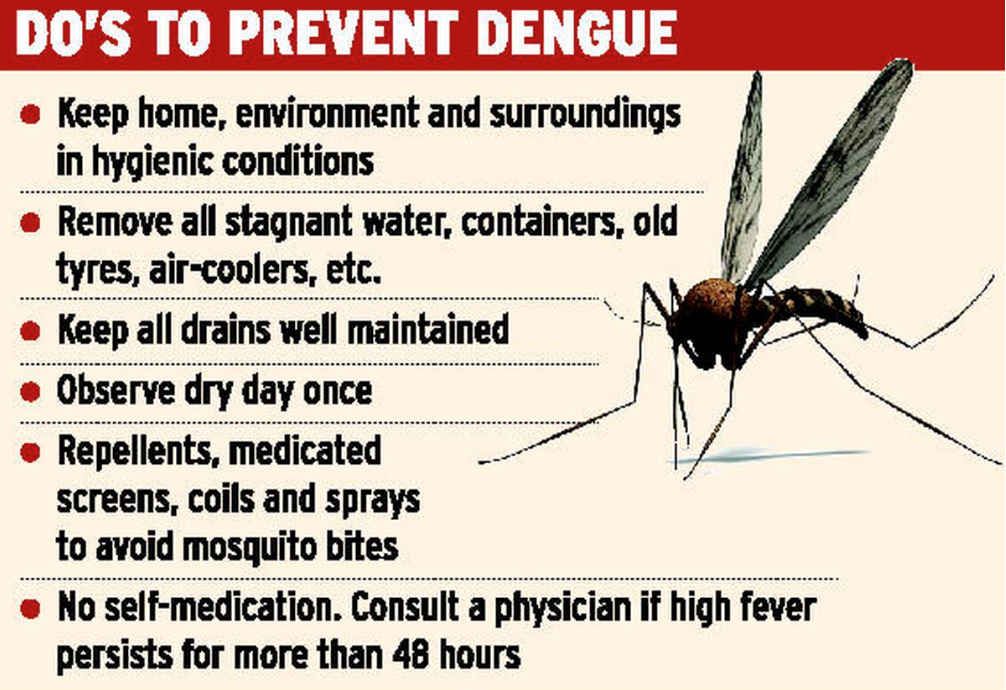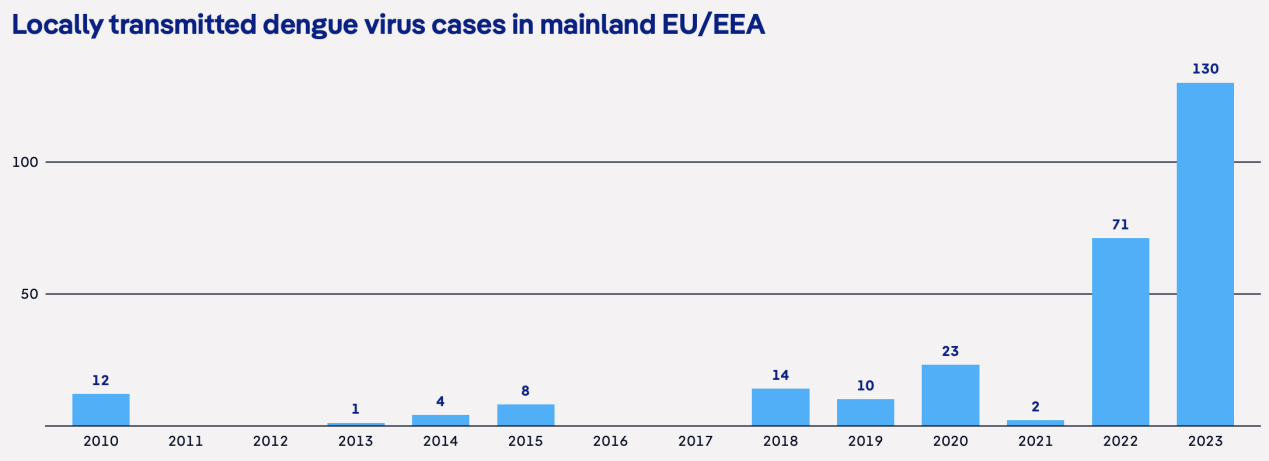7667766266
enquiry@shankarias.in
Recent research by EU health agency shows that warmer conditions are helping the Aedes albopictus mosquito to transmit dengue, chikungunya and Zika viruses in Europe.

|
Global Burden of Dengue |
|

Temperatures need to be high between 15 and 35 degrees Celsius for the mosquitos to thrive.
|
Measures by India to control Spread of Dengue |
|